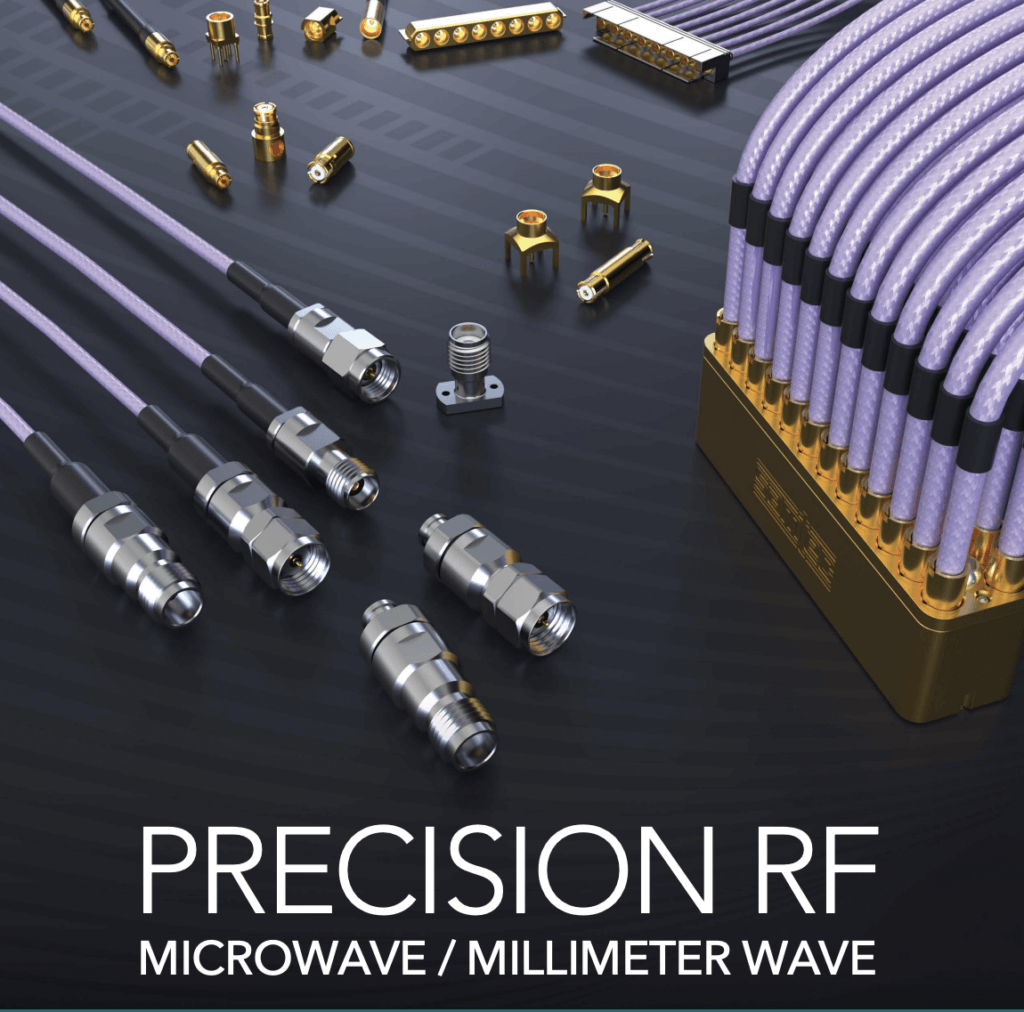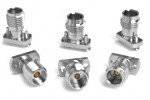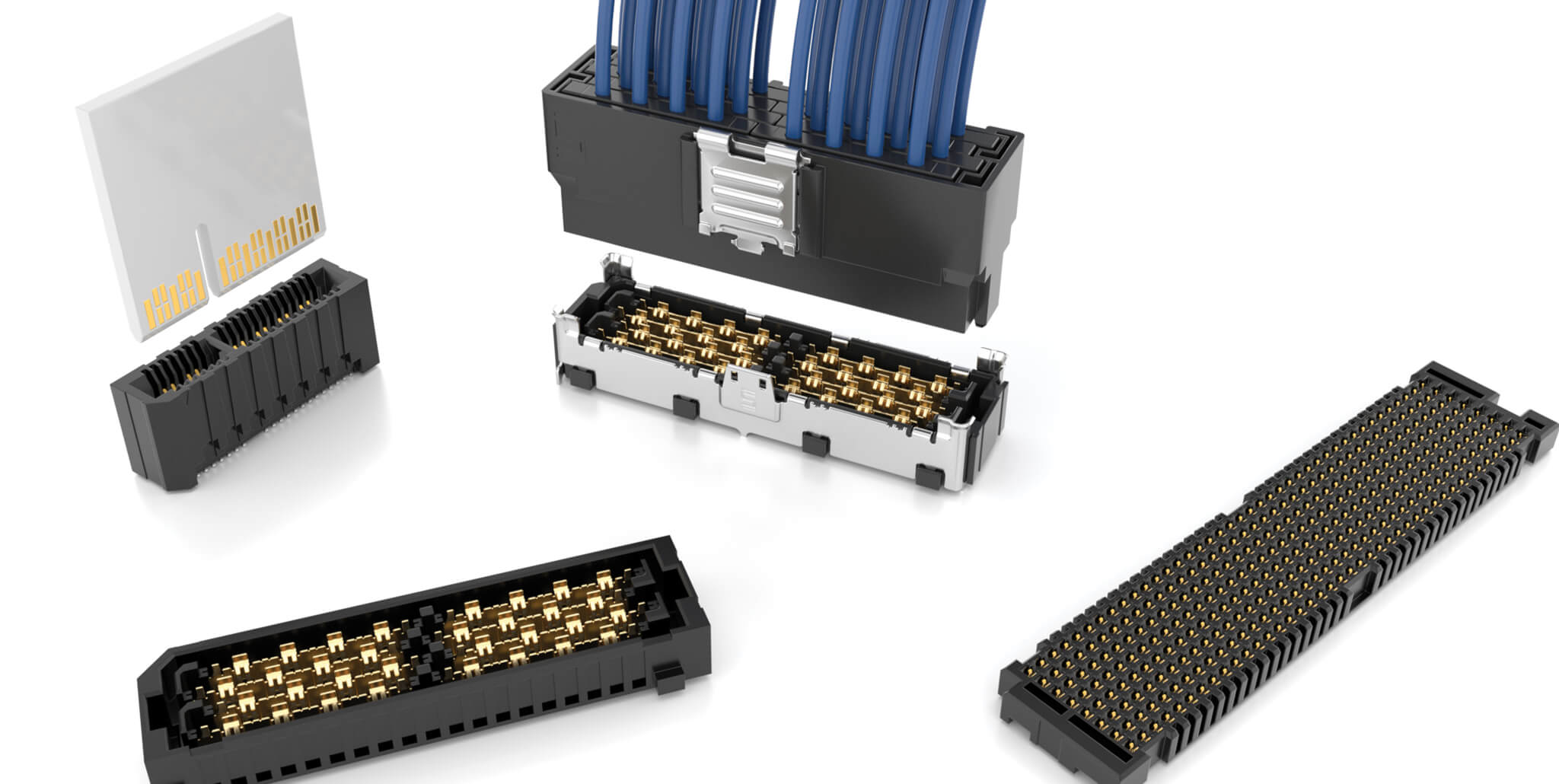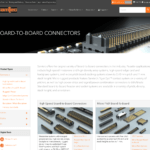We live in an age of digital technology, but it is easy to forget the importance of radio frequency (RF) transmission. Any device that transmits or receives its signals uses RF radiation to carry data. The physical infrastructure needed to transmit radio frequency signals uses coaxial cables and connectors. These RF connectors and cables need to transmit the highest signal speeds and introduce the lowest possible losses for data to reach its destination safely.

The latest precision RF connectors such as the new Samtec SMPM can carry signals with frequencies of 80 GHz or higher. While the introduction of 5G wireless communication still uses a relatively low frequency of 6-10 GHz, there are plenty of applications that require higher performance.
For engineers used to low-frequency devices, the latest generation of precision RF connectors can be a daunting task. The importance of the entire signal channel in providing the highest possible performance means that engineers need to rely on the manufacturers to ensure the best results.
I was lucky enough to interview Samtec’s own RF Expert Mike Dunne and Steve McGeary for distributor RS Components. RS Components and its US sister company Allied Electronics are high-service level distributors with a global presence. RS has just introduced a selection of Samtec’s latest Precision RF connectors, and asked us to provide some insight into the world of radiofrequency transmission.
Published on the dedicated engineering platform DesignSpark, this was a fascinating conversation in which we discussed some of the key answers to engineers’ questions:
- How do Precision RF connectors differ from commercial alternatives?
- What are the industry trends that are driving the Precision RF market?
- How will the need for high frequency affect my design?
- How is Samtec making a difference in the Precision RF world?
This was Precision RF 101, with some of the leading names in the industry. Join me as we talk about the technology, discuss the latest developments, and have some fun along the way. And why not sign up to the DesignSpark platform for more fantastic content?



Leave a Reply